Traditionally, for gardening of park lawns, rocky slides and slopes are widely used by the Kisser. This shrub with densely growing branches and leaf fallal or evergreen leaves, preserving decorative throughout the growing season, is optimally suitable for the formation of a decorative border or low alive hedges. Due to its decorative properties, the caticker is widely used to landscap the terrain in our middle lane, it is not difficult for it to grown on household and garden sites.
Content
Description of the shrub
The Kizvyzer is a slowly growing shrub without spines with a height of up to 2.5 m, occasionally - small trees. The name of his "Cotonea" is translated from Greek as "passing to quince", since the leaves of one of the types of such a shrub are distinguished by significant resemblance to idiot.
This culture is represented by various species that are numbered to hundreds, of which about 80 are used for landscaping when landscape design. Many species of this shrub feel good in southern conditions, but some greatly grow in the northern regions. The kisystrix has been cultivated from the beginning of the nineteenth century to grow livestocks, as well as a variety of landings and groups. This shrub is popular with the gardeners, as unpretentious in care, is not demanding of the soil, it is easily rooted, it is well tolerating the conditions of the city, it is distinguished by resistance to drought and dust. Small inflorescences of the Kizilnik are usually not too decorative, but they are excellent turbines. The ripe fruits of some species can be eaten - even though they are tasteless, the flesh is a natural antiseptic and increases the body's tone. The edible black-roofed caticker is used in folk medicine for cooking, which is used for diseases of the gastrointestinal tract and nervous disorders, epilepsy, liver and kidney diseases.
Variety of Kizilnika
The following types of this shrub are most common in our latitudes:
- cysticker ordinary - is a straightforward leafy shrub, which has a rounded crown and wide egg-shaped leaves (smooth and shiny dark green tops, lowered as felt). This species is one of the most frost-resistant species, can grow on any garden soil as a background shrub. To form a thick living hedge, it will take lime soil and fairly intensive solar lighting. The fruits of such a shrub of whitish-pink and intense red color are preserved on the bushes to deep autumn;
- the Kiznicker is brilliant - a gustanic straight growing shrub with glittering leaves in the form of a pointed oval, as well as inflorescences consisting of pinkish flowers. Intense-green in the summer, and purple-red to the onset of the autumn period of the leaves attract special attention to themselves. Live hedges, formed from a brilliant kizilnik, look very exquisite. Almost spherical tasteless fruits of black color are saved on such a shrub almost until winter;
- cysticker blackboard - like the previous one, has black fruits, but is distinguished by the leaves of the ovoid shape (from the bottom of the white one, and on top dark green). Pink flowers of such a kizilnik form loose brushes, while possess a pleasant aroma. In the fall on the branches of the black-like cylinder, spherical fruits ripen, gradually changing the color with a brown on a black with a sidelled rode. This species is frost-resistant, unpretentious and undemanding to the composition of the soil, it grows well in natural conditions, including in shaded places, normally transfers the transplant. Such a corner of seeds is multiplied, as well as cuttings. This shrub is an excellent honeycomb, its wood is used to make crafts (tubes, canes, etc.);
- a horizontal caticker is a low-rise shrub up to 50 cm high with escape, small rounded leaves, changing their color from green in the summer, to a saturated red in autumn. This type of winter facilities, blooms from May to June with pink-red single or paired small flowers. By the fall, such a caticker gives small and brilliant flags of red color, which are preserved on branches until winter, giving a shrub of a very picturesque view. Gorizontal Kiznicker is demanding of the fertility of the soil and does not always tolerate severe frosts. In addition, this shrub drought-resistant is growing rapidly and needs regular trimming, while perfectly leaving the formation, therefore indispensable to create decorative groups in the composition of the Alpinarians;
- dammer's Kiznamer - a shrub with very small leather leaves (up to 2 cm in size), growing more than 1.5 m to the sides of the steering and rooting shoots. This type of Kizylnik is distinguished by beautiful reddish inflorescences and coral-red fruits, abundantly staggering bushes. Saved leaves of such a shrub acquire a saturated burgundy shade, which together with bright fruits looks very impressive. This type of the kizilnik grows perfectly on non-ground sandy soil, in well-lit or slightly shaded places, quickly grow up, is resistant to drought and does not frost in winter under the layer of snow.
Excellent alive hedges can be formalized from the brilliant and black-fledged carcinal, the horizontal Kisser will fit the alpine slide.
Growing Kizilnik
Many species are quite unpretentious culture, unable to grow conditions, fertility and humidity of the soil. A cocoon is caring on various types of soil, including mountain stony and limestone soils. It is not suitable for them only heavy and clay, acidic, as well as wetlands and saline soil. At the same time, the shrub is optimally developing in the presence of favorable conditions for landing and care for the Kisser - it includes sufficient illumination with sunbeams and fertile moisturized soil. The most suitable for cultivation of the Kizylnik is the loamy ground either the next composition - the ferry land and sand in equal shares, with the addition of humus or peat composite (in proportion 2: 2: 1). The exclusion is a caticker multi-flowered, for which the counted soil is required (at the rate of 300 g of lime per 1 m 2). Different types of this shrub are well developed on open areas, well-lit by sunlight, and grow well in half. The Kiznicer looks great on stony areas, as well as in the composition of mixed groups next to coniferous and decorative deciduous trees and shrubs.
Planting the Kizilnik
This shrub breeds seeds (their germination is low), as well as with the help of a gag. You can also use for its reproduction of the cutting, but they, as a rule, differ not too high survival rate. Sometimes a caticker (as a rule, horizontal) is grown by vaccination - for this it is vaccinated on a rowan strain or hawthorn. For the cultivation of a living hedge, suitable Kizylnik seedlings can be purchased in specialized stores.
As a rule, this shrub is distinguished by thick branchiness, so it is recommended to plant its seedlings at a distance sufficient for the development of the crown - depending on the type of the cylinder, it can reach from 0.5 to 2 meters. For the subsequent obtaining a thick hedge, it is recommended to plant a cocoon in a chess order into two rows. For this spring, after thawing the soil or in the fall (before the start of frosts), it will be necessary to dug out the pits with a depth of 0.5-0.7 m, so that the covers of the seedlings are at the ground level. It is recommended to ensure efficient drainage - for this you will need to put in the deepening of the broken brick or gravel layer 10-20 cm. By placing the roots of the kizilnik in the pits and carefully deal with them, the deepening for planting the kizylnika will need to be filled with a mixture of the delicate land, peat (or humus) and Sand. Do not forget to also catch the earth and plenty of every seedling.
Caring for the Kisser
This shrub is drought-resistant, so caring for a pick-up in the form of irrigation may be required only in a very dry and hot summer (in this case, it should be water from a periodicity of 1-2 times a month at the rate of the water bucket on the Kisilnik bush). In the presence of suitable conditions, the Kizysta begins to go to active growth. The main feeding in the form of humus should be made in spring or autumn (fertilizer bucket on 1 m 2 plantings). In addition, in the spring it is recommended to make a complex mineral fertilizer or carbamide (urea) at the rate of 20-30 g of granules on 10 liters of water. In the summer to the flowering of the Kizilnik, it is also desirable to make superphosphate and potash fertilizers. Useful feeding for a kizilnik can be prepared independently, insistence in a barrel with water bucket of fresh cow manure or bird litter to the state of fermentation. This fertilizer is introduced in summer - 1 liter of liquid will be enough for each kisilnik bush. With the help of organic feeding, it is possible to significantly increase the fertility of the soil by adding various useful microorganisms into it.
Caring for the Kisser must include periodic weeds, as well as soil loosening. In addition, you can make a mulching of the roof zone of the shrub of a peat layer with a thickness of about 5-7 cm. In the middle strip of the cylinder branch can be a little moderate in frosty weather. In a minor winter to protect against cold, it is recommended to cover the shrub layer of peat or dry leaves. Having burned down the cylinder branches to the ground, it is possible to protect it from strong frosts.
The formation of a living hedge of the Kizilnik
To form a living elevation of the desired height, it will be necessary to pruning the branches of the Kizilnik. For this, two-year shoots first pinch growth points to cause abundant branching. Next, you can proceed to pruning according to the desired contour. After such a procedure, the branches grow pretty quickly, while maintaining a given form.
For shaped cutting of the Kizylnik, you will need to prepare a suitable garden tool in the form of a bushodeza, as well as the twine to carry out the correction according to the level of the stretched rope. In addition, it is convenient to form a shrub crown according to a specially harvested wooden pattern in the form of a frame or a frame of a bar. This design is easy to make it yourself. Pruning to 1/3 of the length of the shoots of the Kizilnik is allowed. Depending on your desire, Krone Kizylnik can be given a rounded, trapezoidal or rectangular shape. Experienced gardeners are recommended to spend 3 or 4 such trimming per season, taking the shape of the shrub crown to the desired outlines. Over time, the surface of such a living hedge or border will become more even.


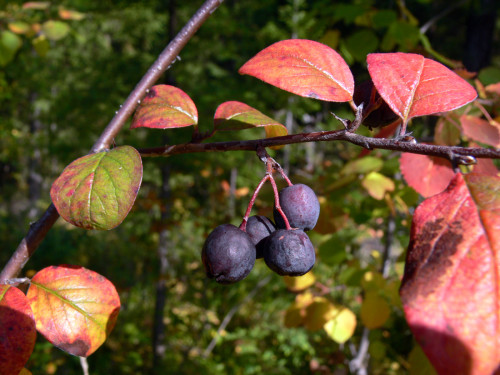
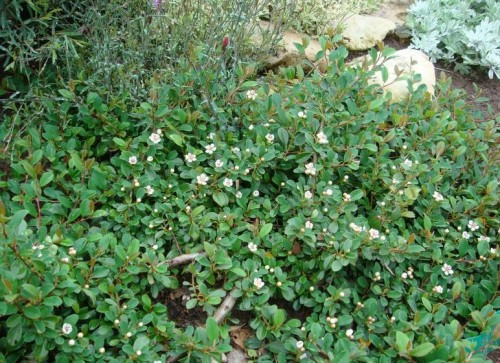
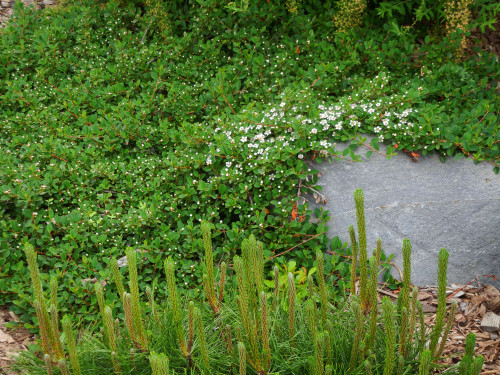
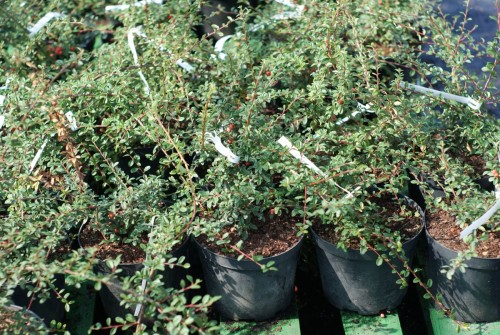
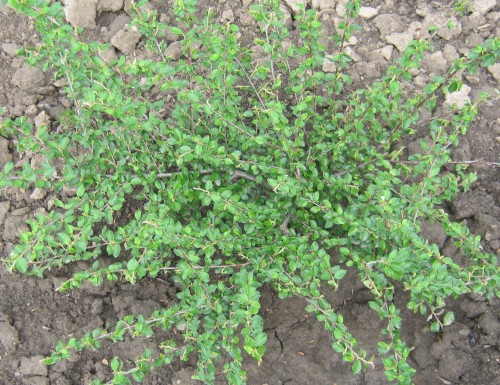
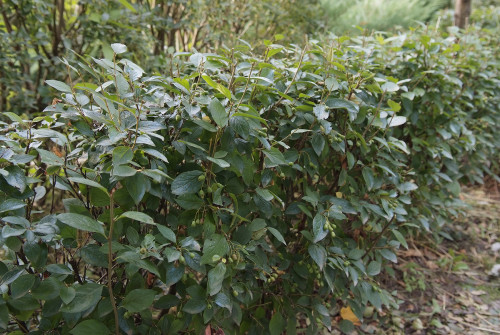
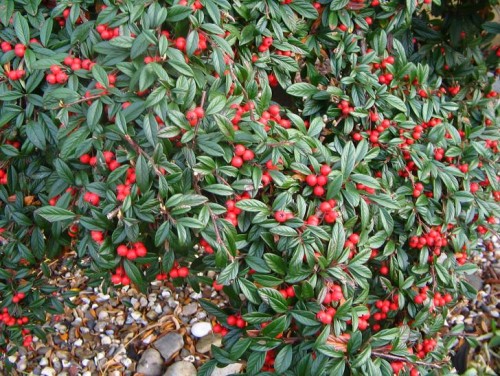
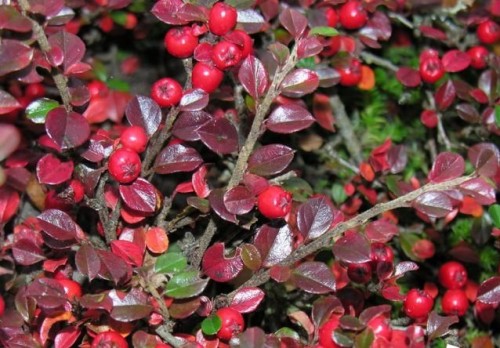
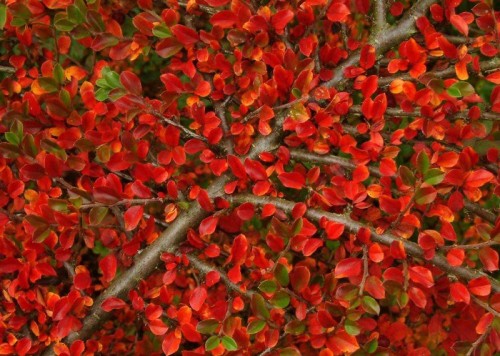
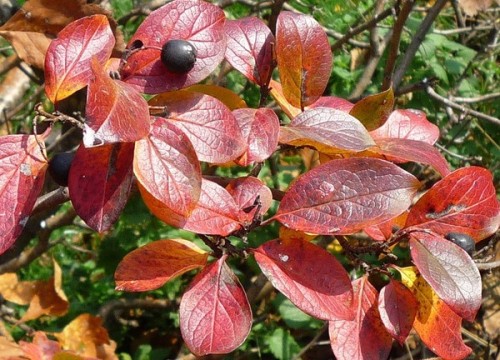
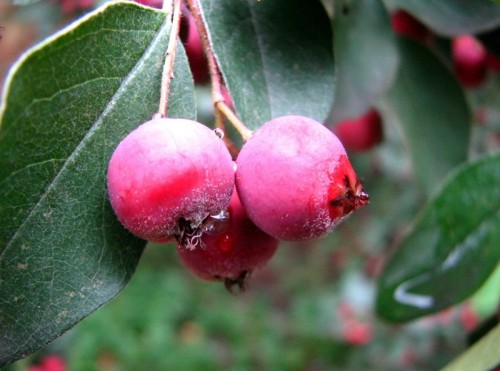
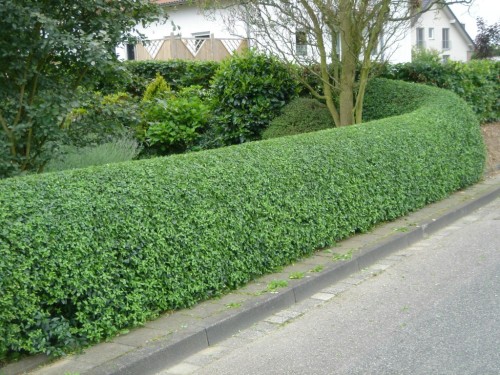
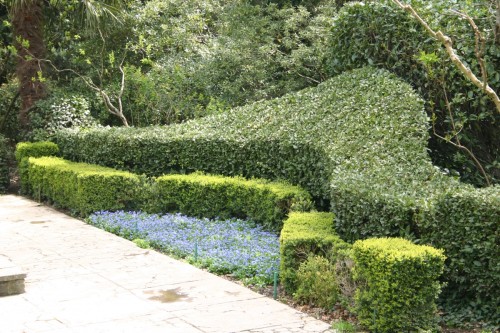












 Start a discussion ...
Start a discussion ...